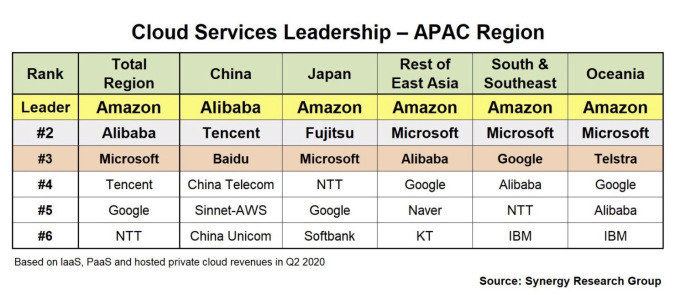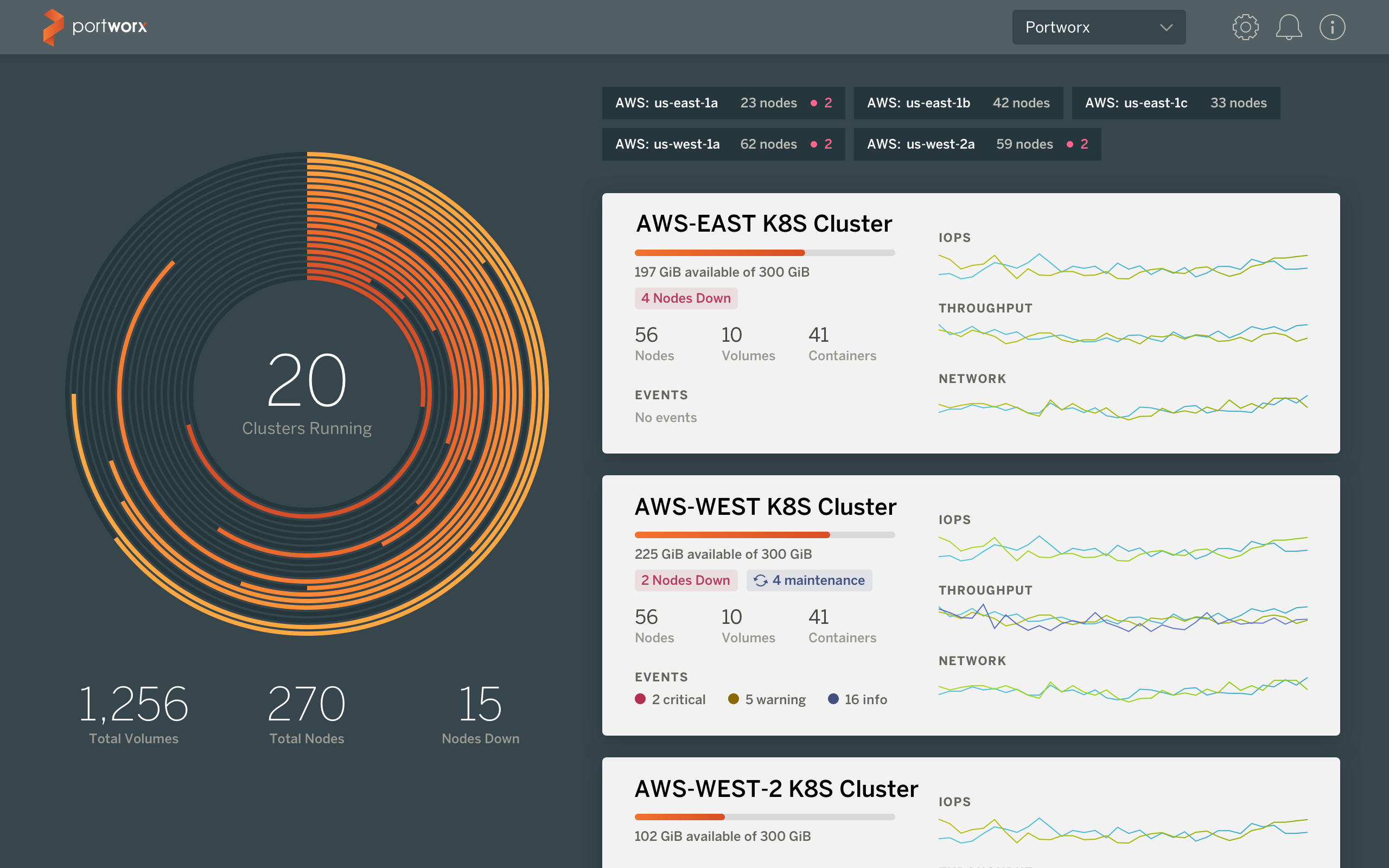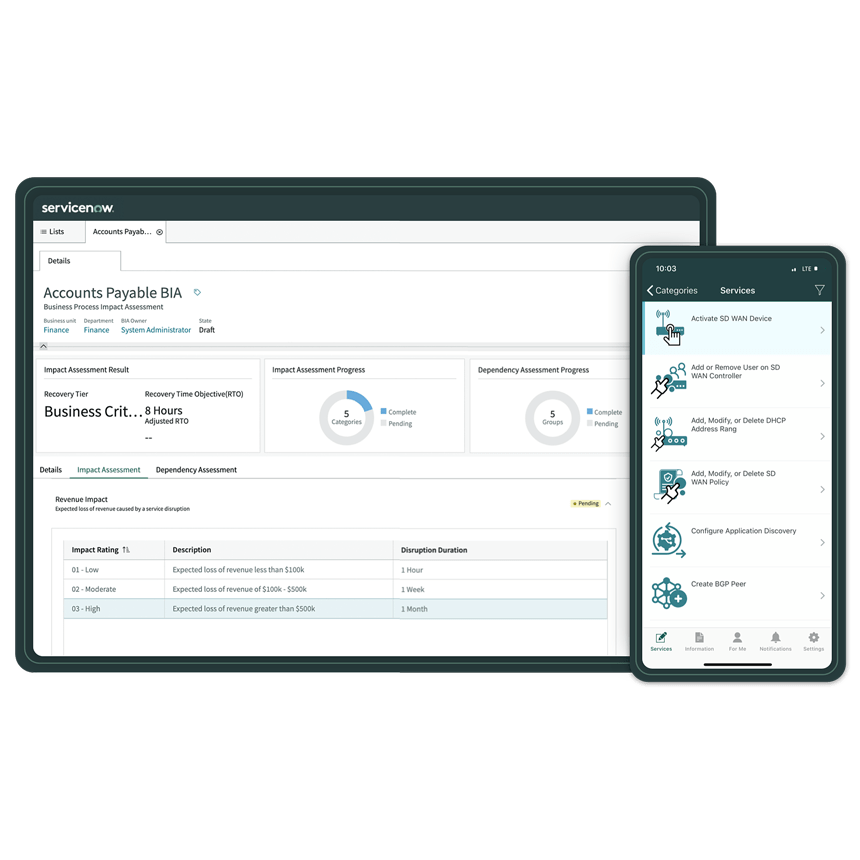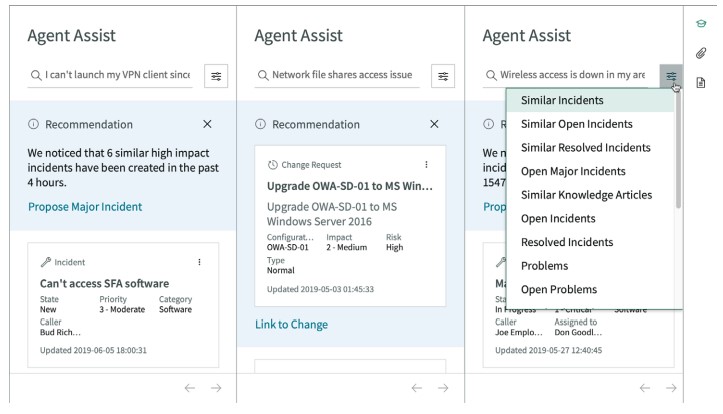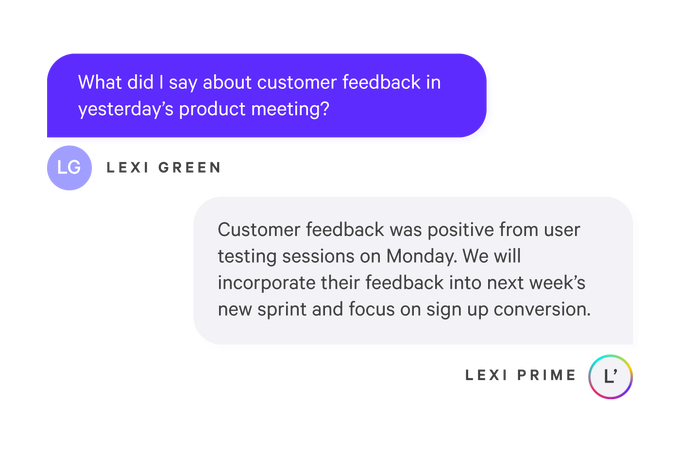Daily Crunch: Microsoft launches Azure Communication Services
Microsoft takes on Twilio, Google launches a work-tracking tool and Mirakl raises $300 million. This is your Daily Crunch for September 22, 2020.
The big story: Microsoft launches Azure Communication Services
Microsoft announced today that it’s ready to compete with Twilio by launching a set of features that allow developers to add voice and video calling, chat, text messages and old-school telephony to their apps.
“Azure Communication Services is built natively on top a global, reliable cloud — Azure,” wrote Microsoft’s Scott Van Vliet. “Businesses can confidently build and deploy on the same low latency global communication network used by Microsoft Teams to support 5B+ meeting minutes daily.”
This is just one of a number of announcements that Microsoft made at its Ignite conference this morning. Other additions include a platform for detecting biological threats and the Azure Orbital service for satellite operators.
The tech giants
Google launches a work-tracking tool and Airtable rival, Tables — Tables’ bots help users do things like scheduling recurring email reminders when tasks are overdue and messaging a chat room when new form submissions are received.
Amazon adds support for Kannada, Malayalam, Tamil and Telugu in local Indian languages push ahead of Diwali — The company said this move should help it reach an additional 200-300 million users in India.
Pinterest breaks daily download record due to user interest in iOS 14 design ideas — Following the release of iOS 14, the excitement around the ability to customize your iPhone home screen has been paying off for Pinterest.
Startups, funding and venture capital
Mirakl raises $300 million for its marketplace platform — Mirakl helps companies launch and manage a marketplace on their e-commerce websites.
Pure Watercraft ramps up its electric outboard motors with a $23 million series A — Pure Watercraft is building an electric outboard motor that can replace a normal gas one for most boating needs.
Morgan Beller, co-creator of the Libra digital currency, just joined the venture firm NFX — And yes, that means she’s leaving Facebook.
Advice and analysis from Extra Crunch
Despite a rough year for digital media, Blavity and The Shade Room are thriving — A recap of my Disrupt discussion with Morgan DeBaun of Blavity and Angelica Nwandu of The Shade Room.
Big tech has 2 elephants in the room: Privacy and competition — There’s clearly a nervousness among even well-established tech firms to discuss this topic.
How has Corsair Gaming posted such impressive pre-IPO numbers? — The company was founded in 1994, making it more of a mature business than a startup.
(Reminder: Extra Crunch is our subscription membership program, which aims to democratize information about startups. You can sign up here.)
Everything else
TikTok, WeChat and the growing digital divide between the US and China — Catherine Shu discusses the dramatic shift in the relationship between tech companies in both countries.
Tech must radically rethink how it treats independent contractors — Just as COVID-19 has accelerated the move to remote work, our current crisis has accelerated the trend toward hiring independent contractors.
Bose introduces a new pair of sleep-focused earbuds — The timing of the Sleepbuds II could hardly be better.
The Daily Crunch is TechCrunch’s roundup of our biggest and most important stories. If you’d like to get this delivered to your inbox every day at around 3pm Pacific, you can subscribe here.
![]()




